If you want to remove oil stains from pavers, then things can be a little daunting. This is especially challenging when you have no idea about stain removal on pavers. The worst part is, that not treating them quickly will make it hard to remove. Outdoor pavers are the first thing that your visitors notice which is why they should look clean and pristine. However, they have to face a lot from harsh weather conditions to foot and vehicle traffic and staining.
Stains of oil can occur for a variety of reasons such as leaks from cars or accidents in the kitchen. They have the potential to ruin the appearance of your driveway or patio area, making it less attractive to guests and visitors. However, there is no need for concern. We’ve got you covered with some tips on how to get rid of those oil stains so that your outdoor spaces stay clean and welcoming, as ever!
Continue reading the following to remove stains from pavers and give them a new life!
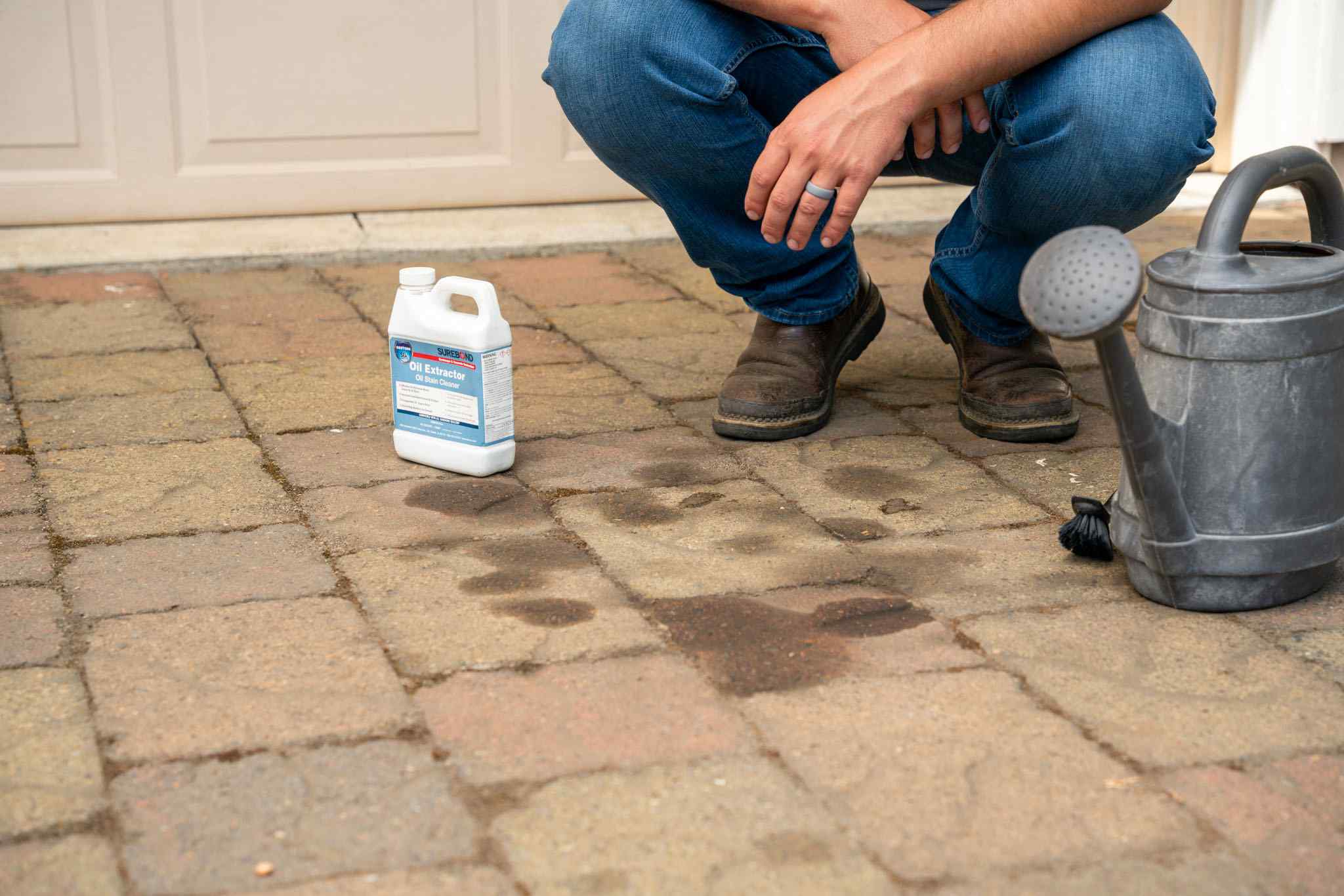
Key Takeaway
- Address oil spills immediately to avoid deep stains.
- Choose removal techniques based on stain age and paver type.
- Use cat litter, baking soda, or sawdust for quick absorption.
- Effective for general oil stains.
- Ideal for stubborn or old stains.
- Best for heavy-duty or extensive cleaning.
- Specialized cleaners tackle tough stains without damage.
- Protect against future spills with a quality sealant.
- Wear protective gear and test cleaners in a small area.
Methods to Remove Oil Stains from Pavers
If you see oil marks on the stone pavers, take action right away and cleanse them as soon as you spot such stains. Now let’s discuss how one can erase these oil blemishes from the pavers.
۱- Take Immediate Action By Absorbing the Excess Oil
Materials Needed:
- Absorbent materials such as cat litter, baking soda, or sawdust
- A stiff-bristled brush
- Vacuum or broom
Steps:
- Once the oil spill happens, use paper towels or a clean cloth to soak up the extra oil immediately.
- Absorb as much as possible for effective cleaning.
- Now sprinkle a generous amount of cat litter, sawdust, or baking soda over the stained area. These materials can draw out the oil from pavers.
- Let these adsorbents sit for several hours or overnight for maximum effectiveness.
- Use a vacuum or sweep the area. Make sure not to spread oil any further.
- This method works best to remove oil stains from pavers which happened recently.
۲- Using a Degreaser Solution
Materials Needed:
- Paver-safe degreaser or heavy-duty dish soap
- Warm water
- Stiff-bristled brush
- Hose or pressure washer
Steps:
- To remove oil stains from pavers with this method start by making the solution.
- Mix the deep degreaser or dish soap with warm water as mentioned on the product.
- Once the solution is ready, pour it directly into the oil stains. Make sure it will cover the stain area.
- You need to use a brush with bristles for a good clean. Move the brush in patterns so it goes deep into the dirty area well.
- When finished, take a hose or pressure washer and rinse spots to remove cleaning liquid and any leftover oil dirt.
- If any stains still remain, you repeat the steps again until all oil is fully removed.
۳- Poultice Method for Stubborn Stains
Materials Needed:
- Baking soda or diatomaceous earth
- Water or a paver-safe cleaner
- Plastic wrap
- Tape
Steps:
- First, you will need to create the poultice by mixing soda or diatomaceous earth with enough water. You can also mix it with the paver-safe cleaner to create a thick paste.
- Spread the poultice over the oil stain and cover the stain completely.
- Next, cover the poultice with the plastic wrap and secure the edges with tape.
- This will prevent it from drying too quickly. Now let the poultice sit for 24-48 hours to work completely. It will absorb the oil from the paver.
- Once the poultice is dried, remove the plastic wrap and scrape off the paste.
- Rinse the area thoroughly with water. This will remove oil stains from pavers that have been there for a couple of days.
۴- Deep Cleaning For Pressure Washing
Materials Needed:
- Pressure washer with adjustable nozzle
- Paver-safe detergent (optional)
- Protective gear (gloves, goggles)
Steps:
One way to get rid of extensive oil stains is, by following these steps;
- Start by clearing any loose dirt and debris from your pavers to ensure a clean surface.
- Tweaking the nozzle for a broad spray pattern to prevent any damage to your pavers.
- Since oil stains can be quite stubborn when it comes to pavers apply a detergent that’s safe for pavers.
- Let it sit for 10 to 15 minutes before using the pressure washer to spray down the area.
- Gently sweep the surface to lift off the oil ensuring that all detergent and any remaining oil residue are thoroughly rinsed away, before allowing the pavers to dry completely for inspection and repeat if needed.
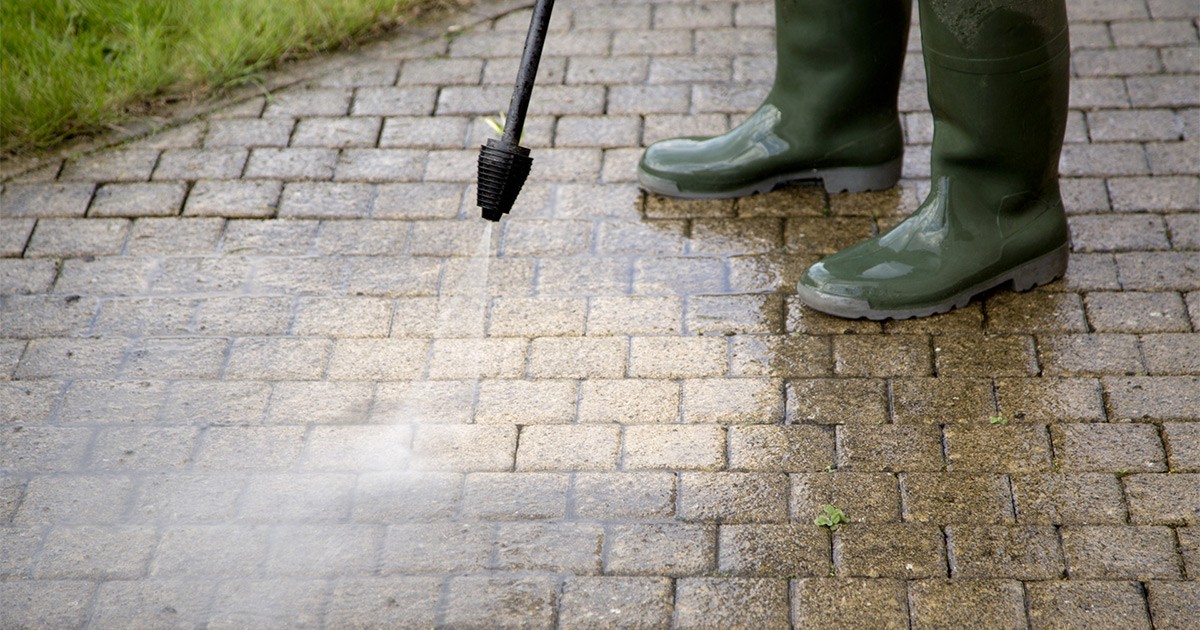
۵- Commercial Oil Stain Removers
Materials Needed:
- Commercial oil stain remover suitable for pavers
- Protective gloves
- Stiff-bristled brush
- Hose or pressure washer
Steps:
This is one of the most effective methods to remove oil stains from pavers but it requires a little knowledge about how to select the right stain removal for pavers.
- Select the product that is designed specifically for the paver type you are working on.
- Acidic substances and harsh chemicals can damage the natural stone paver surface and may leave stains on it. So select a commercial oil remover designed for pavers to ensure it won’t cause damage.
- Now use the solution, in the area as directed by the manufacturer’s guidelines.
- Scrub the oil stain on the bricks with a brush to get rid of it.
- Allow the stain remover to soak into the area as, per the instructions provided on the product label.
- Thoroughly rinse the area with water or a pressure washer to remove the cleaner and lifted oil.
- If the oil stains are persistent then a second application might be effective.
۶- Steam Cleaning for Eco-Friendly Oil Removal
Materials Needed:
- Steam cleaner with a flat nozzle attachment
- Scrubbing brush (optional)
Steps:
This method to remove oil stains from pavers is environmentally friendly with no use of chemicals. It’s particularly effective for smaller, localized stains and is safe for most paver types.
- Begin by using a broom to sweep away any debris and dirt from the paver to ensure you have a clean surface to work on.
- The next task would be to fill up your steam cleaner, with water and heat it following guidelines provided by its manufacturer.
- Direct the nozzle over the oil-stained area. Hold it close to the surface and let the high heat and pressure do the work. They will loosen the oil from the paver’s pores.
- You can use a scrubbing brush to work the steam deeper into the paver for the stubborn stains.
- Use a clean cloth or mop to wipe away the oil and loosened dirt.
- Hose down the area and inspect. Repeat the process for tougher stains.
۷- Enzymatic Cleaners for Biodegradable Oil Breakdown
Materials Needed:
- Enzymatic cleaner designed for oil and grease stains
- Scrubbing brush
- Hose or pressure washer
Steps:
Enzymatic cleaners are good for nature because they break down naturally. They work very well on oils that come from petroleum and you do not need to scrub when using them.
- First, you choose a cleaner with enzymes that specifically target oils from petroleum. These cleaners use natural proteins to break oil into water and carbon dioxide.
- Spray or put the enzymatic cleaner on top of the stain. Be sure that you cover all parts of the stained area fully.
- Let the cleaner sit for the recommended time mentioned on the label. It takes around a few hours or overnight. The enzymes need time to digest the oil.
- Now use a scrubbing brush to loosen any remaining residue. Wash the area with a hose or pressure washer to remove the cleaner and dissolved oil.
- If the stains are deeper then a second application can be a good idea.
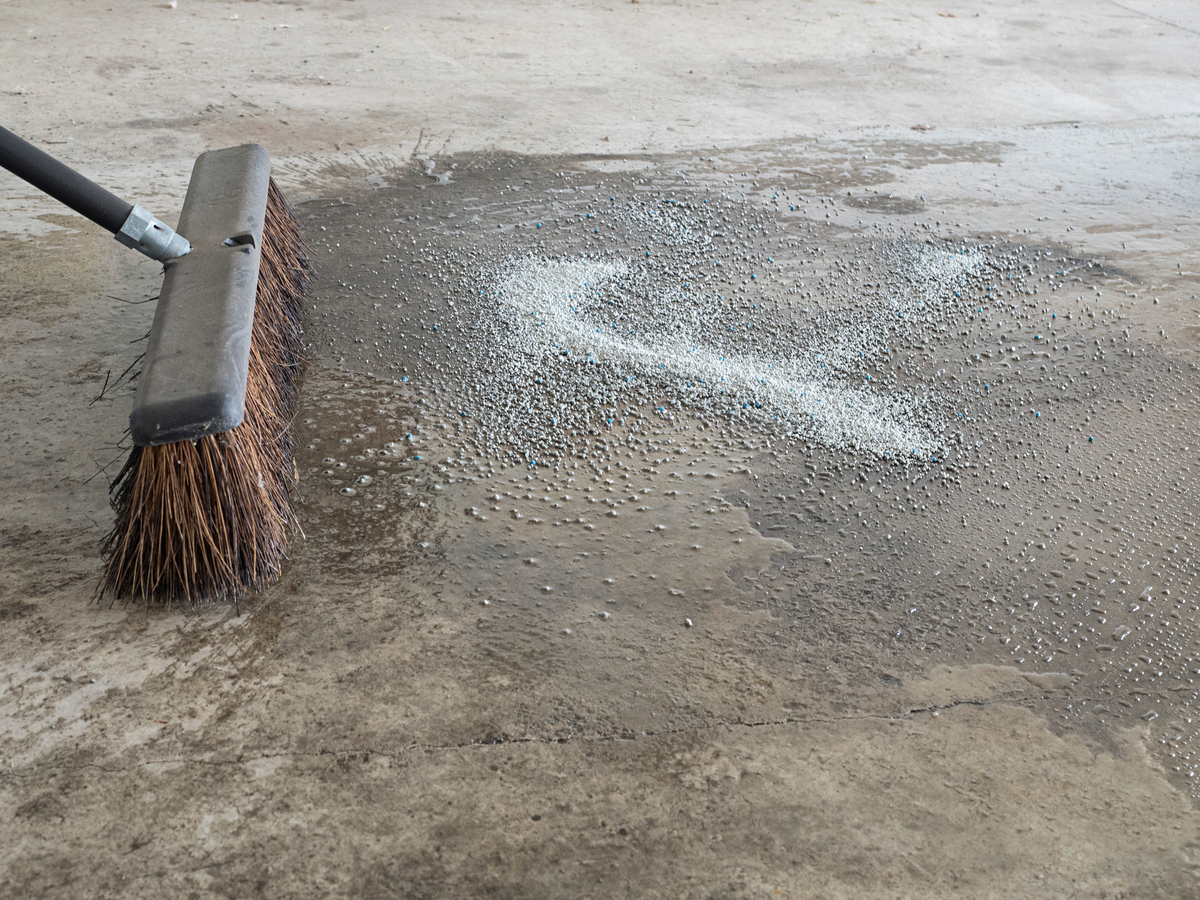
FAQS about Removing Oil Stains From Pavers
۱- Can I use household vinegar or bleach to remove oil stains from pavers?
Though bleach and vinegar are common household cleaners they can be damaging to natural stone pavers. They are not recommended for oil stains on pavers. They can damage the natural stone surface. It is better to choose a paver-safe stone cleaner or the methods discussed above.
۲- How often should I seal my pavers to prevent stains?
It is recommended to seal the pavers every 2-3 years. However, it also depends on the area of usage, traffic, and exposure to weather conditions.
۳- Can pressure washing damage my pavers?
Generally no. It is a safe method to clean most of the pavers types. However, it is recommended to avoid high-intensity settings and use an adjustable nozzle. Make sure to maintain a broad spray pattern to prevent erosion or damage to the surface.
۴- What’s the best method for older, set-in oil stains?
The poultice Method or commercial oil stain removers designed for pavers are the most effective for older oil stains on pavers. These methods penetrate deep into the paver to extract the oil.
Conclusion
Knowing how to remove oil stains from pavers will help you keep your paver looking good for years. You can make sure that your outdoor pavers from the patio, and backyard to the driveway look pristine and inviting. This will create a great first impact on your visitors. Just make sure to follow the right approach for the best results. Follow this guide if you want to remove oil stains from pavers without damaging the surface. Keep this guide handy, and enjoy spotless, beautiful pavers that enhance your home’s curb appeal.
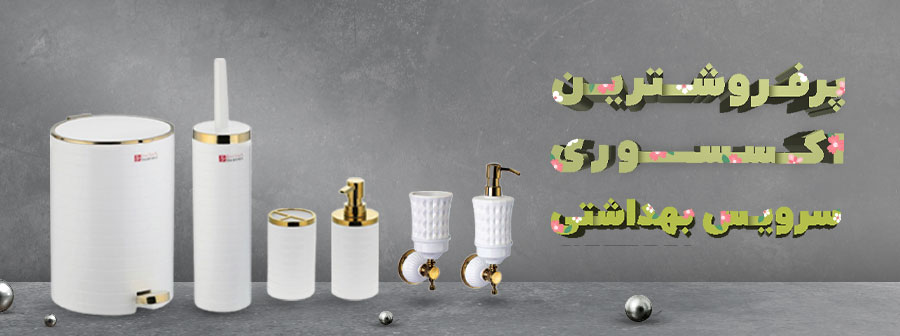
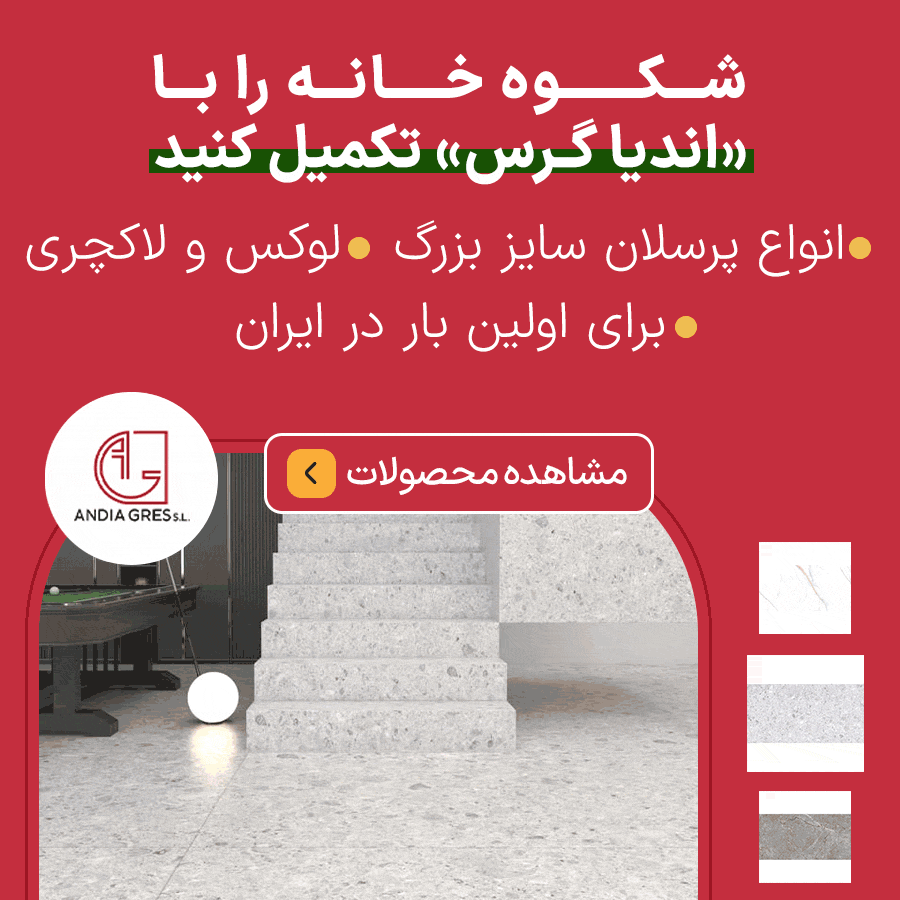
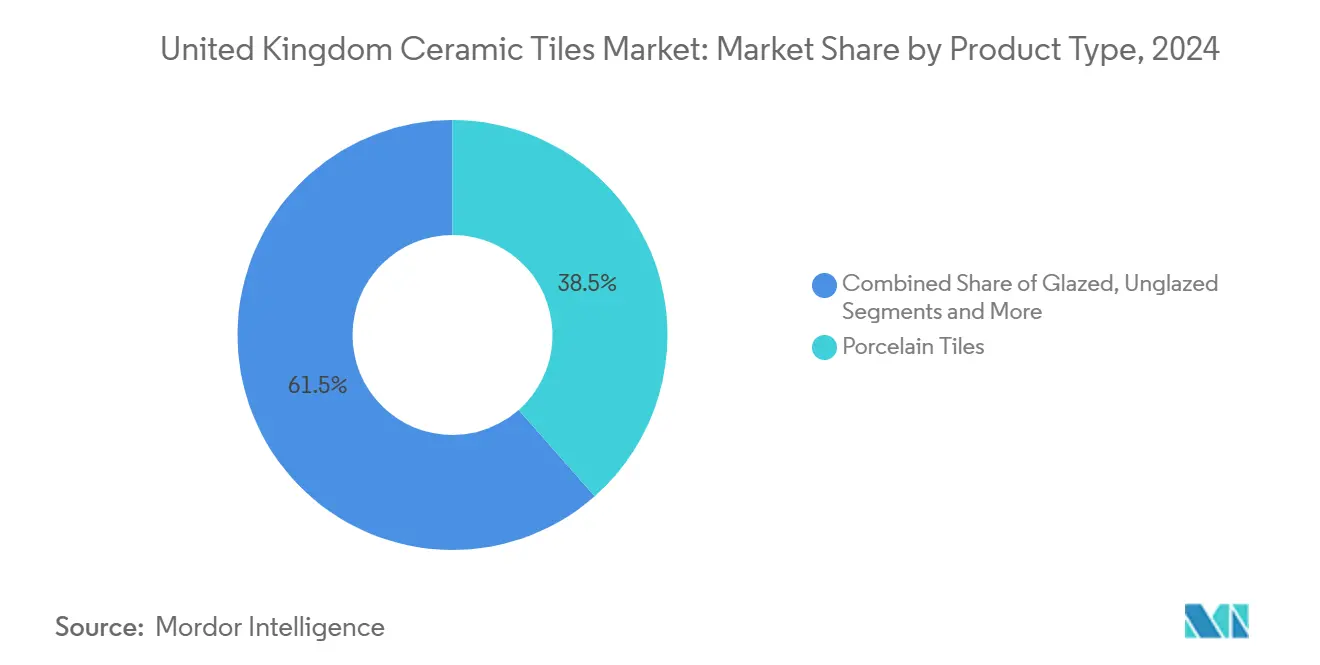


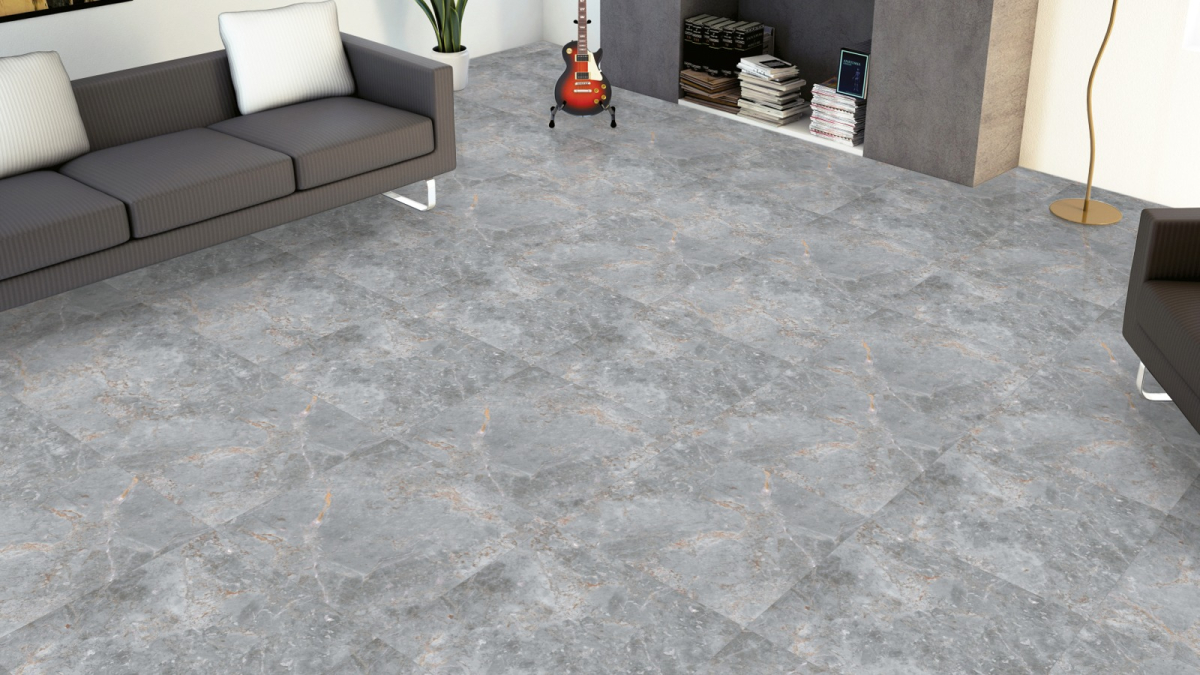

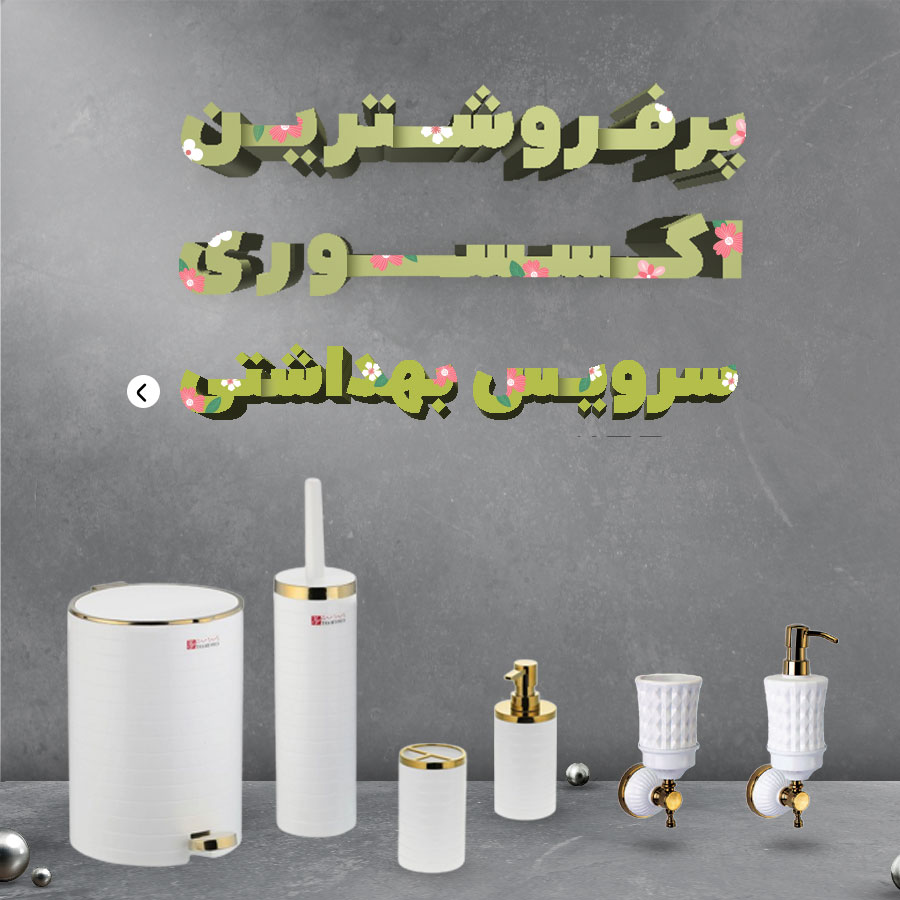

نظرات ۰